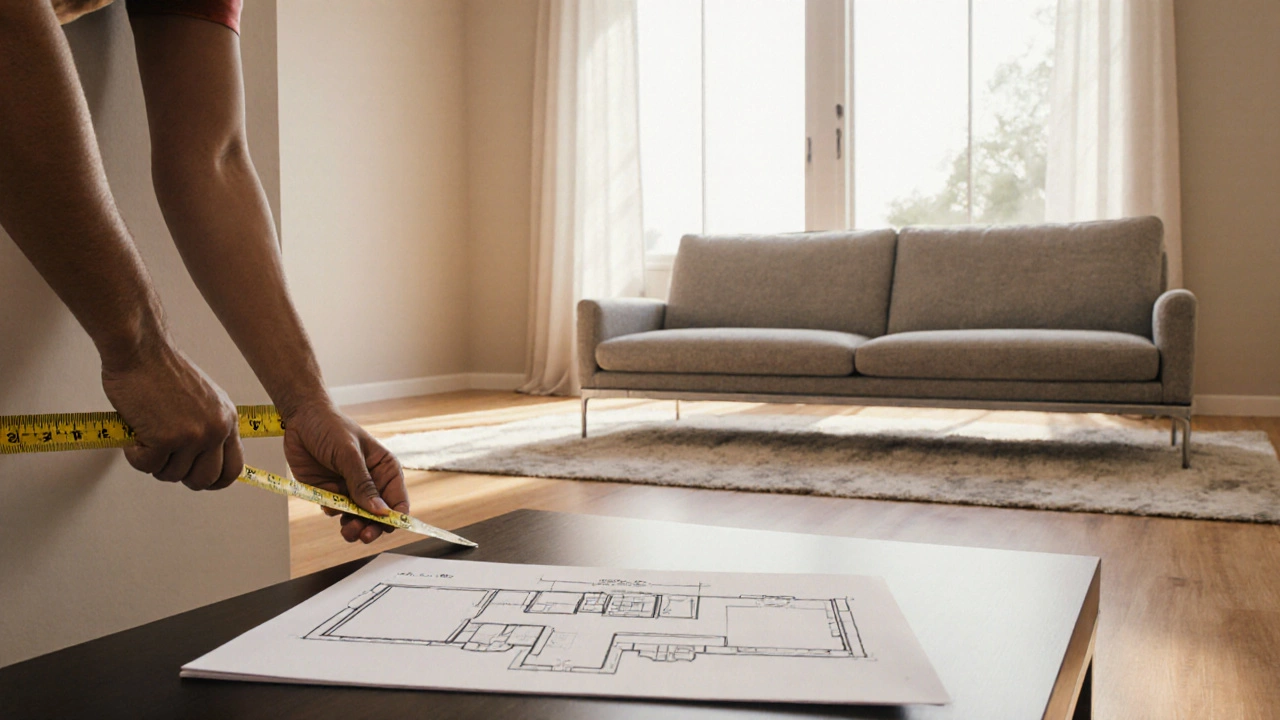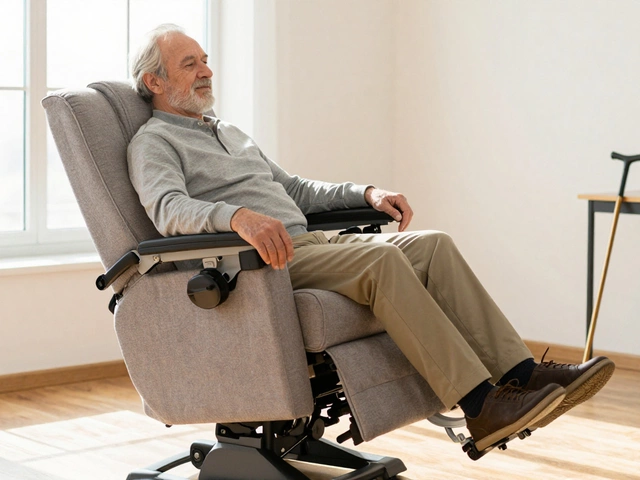Sofa Bed Placement: Design, Health & Layout Tips
When planning Sofa Bed Placement, the way you arrange a sofa that doubles as a bed in a room. Also known as sofa sleeper arrangement, it influences traffic flow, visual balance, and sleep quality.
First, think about the Sofa Bed, a couch with a pull‑out or fold‑out mattress. Its frame size, mattress thickness, and mechanism dictate how much space you need when it’s open or closed. Measure the width, depth, and height of the closed couch, then add the fully extended mattress dimensions. This simple step prevents a cramped bedroom or a hallway that feels blocked.
Next, consider a Daybed Couch, a hybrid piece that works as a seating area by day and a sleeping surface by night. Daybeds often sit against a wall and use a standard mattress, which can simplify placement. If you have limited space, a daybed can replace a traditional sofa bed because it usually requires less clearance when opened.
For a minimalist feel, look at Japanese Bedding, futons and tatami mats that fold away or roll up. A shikibuton placed on a low platform can be stored in a closet during the day, freeing up floor space. Pairing a low‑profile sofa with a futon creates a flexible room that adapts to work, lounge, or sleep without bulky furniture.
sofa bed placement also touches on sleep health. Sleeping on a sofa bed every night can strain the spine if the mattress is too thin or the support uneven. Choose a mattress with at least 6‑inch thickness and proper coil or foam layers. Add a mattress topper if the built‑in cushion feels hard. Regularly rotate the mattress to avoid sagging, a tip echoed in many health‑focused articles.
Practical Layout Tricks
Start with the room’s focal point. If the TV or fireplace dominates, position the sofa bed opposite it for comfortable viewing. Keep at least 24‑inches of clearance behind the bed when it’s opened; this allows easy entry and exit without stepping over furniture. When space is tight, mount a wall‑mounted pull‑out couch that folds flat against the wall, freeing floor area during the day.
Traffic flow is another key factor. Imagine the path from the bedroom door to the bathroom. Your sofa bed should not create a bottleneck. If the room has a narrow corridor, place the couch against the longer wall and slide the mattress onto a gentle incline rather than a full‑length pull‑out.
Lighting plays a subtle role in placement. Natural light from windows can make a small room feel larger. Position the sofa bed so that when the mattress is out, it doesn’t block windows or curtains. If you need privacy at night, install a lightweight screen that folds away when the bed is closed.
Finally, think about accessories. A low‑profile rug under the couch can define the sleeping zone without making the space feel cluttered. Place nightstands on either side of the opened mattress for convenient bedside storage. Use bedding that matches the room’s color palette to keep the look cohesive.
By balancing dimensions, traffic, and comfort, you’ll create a versatile space that works for lounging, entertaining, and resting. Below you’ll find a curated collection of articles that dive deeper into health impacts, design ideas, and specific product recommendations—all aimed at helping you master sofa bed placement.
Best Sofa Bed Placement Guide - Where to Put a Sofa Bed
Discover the optimal spot for your sofa bed with practical tips, placement options, and a step‑by‑step guide for living rooms, studios, and bedrooms.





